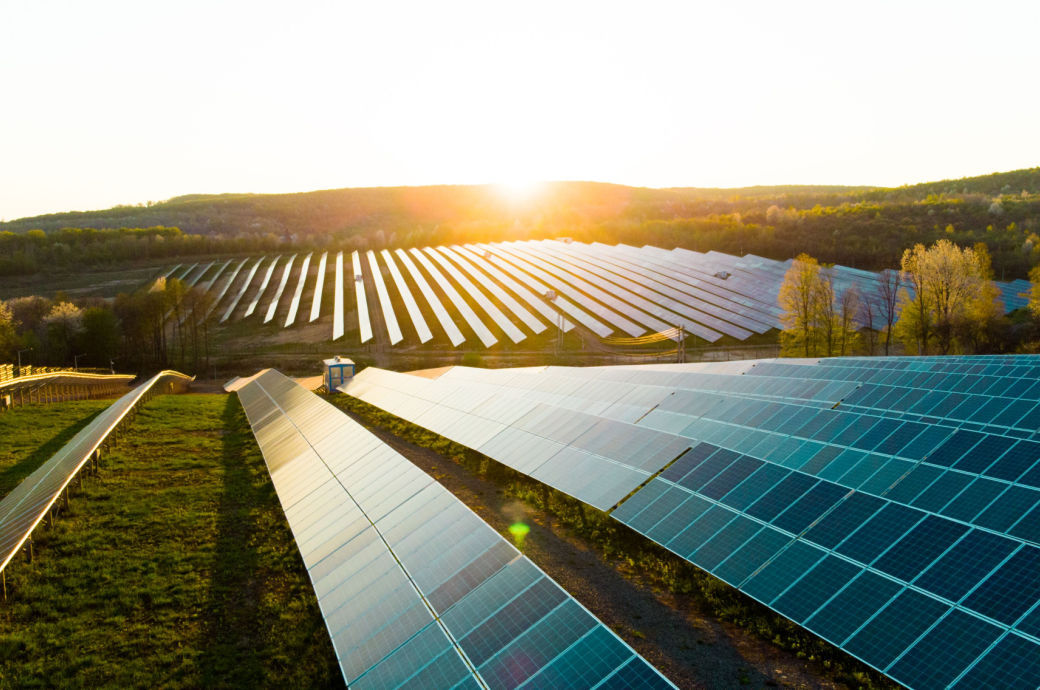
To achieve net zero emissions, the country needs an additional $368 billion between 2022 and 2040, approximately 6.8 per cent of the gross domestic product each year, according to the World Bank.
The cost of the decarbonisation road map is primarily derived from the energy sector, including the expense of investing in renewable energy and managing the transition away from coal, which could cost about $64 billion during the 2022-2040 period, according to a report in a Vietnamese newspaper.
Therefore, Vietnam needs assistance from developed countries regarding both financial and technical issues.
The country’s national action plan on green growth for 2021-2030 has four important goals: to reduce greenhouse gas emissions per GDP, to green economic sectors, to green lifestyles and promote sustainable consumption, and to green the transition on the principles of equality, inclusion and resilience.
Building resilience process alone will account for about two-thirds of this amount as a significant amount of capital needs to be mobilised to protect assets and infrastructure as well as vulnerable populations.
Carbon dioxide emissions will peak in 2031-2035 at 231 million tonnes, then decline gradually. By 2045, such emissions will fall to about 175 million tonnes, which means about 208 million tonnes of reduction compared to pre-COP26 alternatives.
By 2050, it is estimated that carbon dioxide emissions from the power generation sector will be about 40 million tonnes per year, helping Vietnam meet its commitment at COP26 of net zero emissions by 2050.
Ng?c proposed five ideas related to future energy transition. The first is to carefully calculate the road map for the green and sustainable transition to ensure national energy security.
The second is the necessity to reduce the transition’s impact on vulnerable groups, especially the effect of higher electricity bills on poor households and the transfer or job loss of workers in industries and fields such as fossil energy to renewable energy.
The third is the responsibility of all parties involved in the transition. Completing the transition needs the support of finance and technology from developed countries is the fourth.
Finally, during the process of implementing the energy transition, it is necessary to effectively carry out assessment, inspection, supervision, and related sanctions to limit and reduce investment, have alternative routes, and close polluting production facilities and high-carbon infrastructure, Ngoc added.
Fibre2Fashion News Desk (DS)